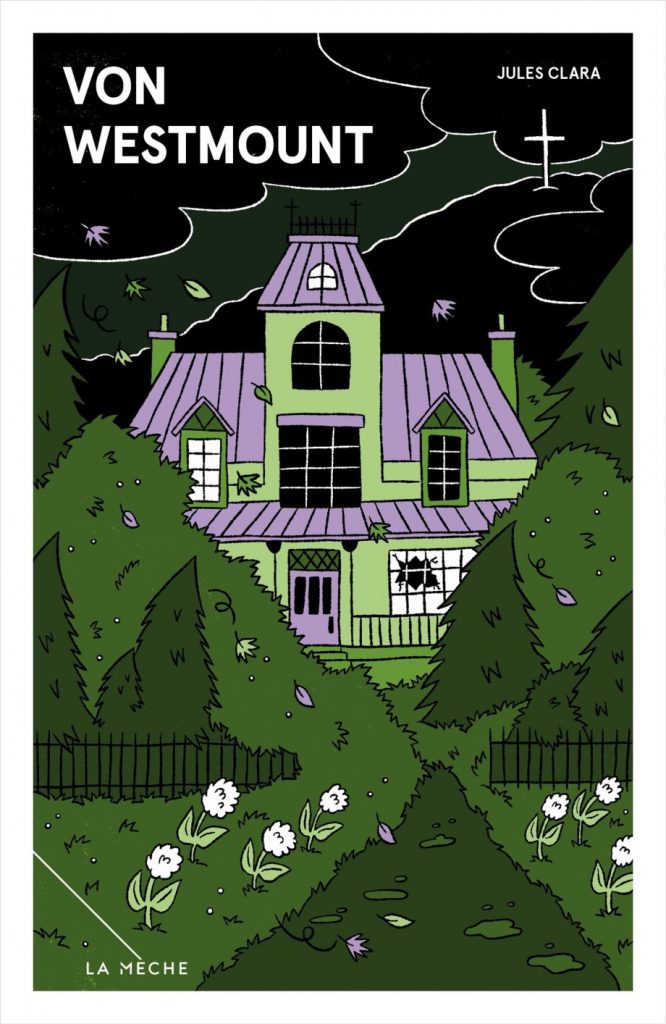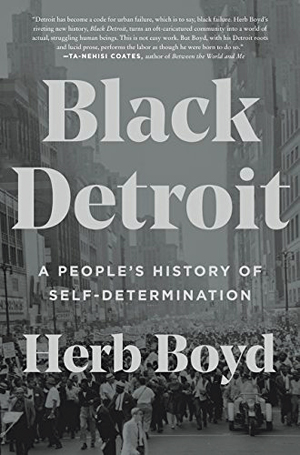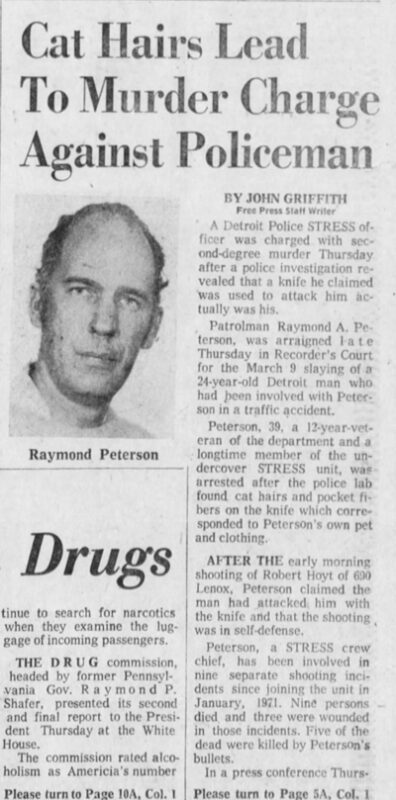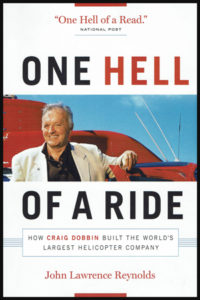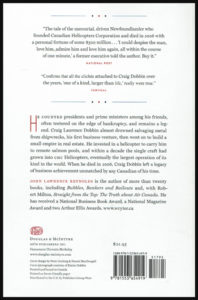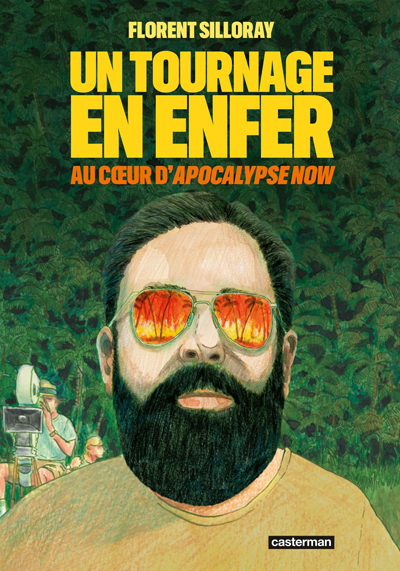
The graphic novel “Un tournage en enfer: au cœur d’Apocalypse Now” takes us right to the heart of the creation of Francis Ford Coppola‘s famous film, brought to the screen in 1979. As the director points out, [my translation] “[…] we were in the jungle. There were too many of us. We had access to too much money and too much material, and little by little, we all went crazy…”.
It didn’t start well. Right from the start, the director was unable to convince well-known actors to get involved in his film. In turn, actors such as Jack Nicholson, Al Pacino, Robert Redford and James Caan refused to join the adventure. Coppola continues his research and interviews.
As readers, we go behind the scenes of the production and hear from those close to the filmmaker. Filming begins in the jungle of the Philippines, even though Coppola has no idea on how the film will end. This would haunt him throughout the production, causing him sleepless nights when he was already quite exhausted.
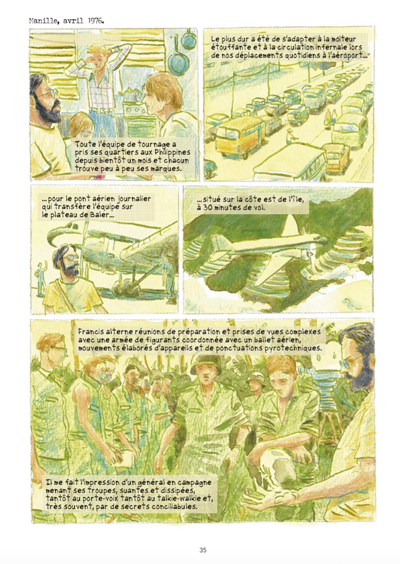
Cost overruns followed, and the pressure on the director from financial backers increased. He was asked to complete his film as quickly as possible, which he proved unable to do. Coppola came to guarantee the required funds by pledging to pay off the debt himself if box-office receipts failed to reach $40 million.
In addition, it was taken for granted that the U.S. government would provide the helicopter gunships required for the film’s action. But in the aftermath of the Vietnam War, the interest of American politicians in such requests waned. The director had to turn to the then President of the Philippines, Ferdinand Marcos, to obtain helicopters and personnel, in return for certain fees and compensation. But these aircraft sometimes left the scene on Marcos’s orders to go hunting for the regime’s enemies. Coppola was falling behind again…

They thought that Harvey Keitel would be the ideal actor to play Robert Duvall. Many sequences later, the obvious becomes clear: the man just didn’t cut it for a number of reasons. On the verge of disaster, they urgently contacted Martin Sheen and beg him to replace Keitel. Multiple scenes had to be reshot with the new actor, and the delays and associated costs continued to mount.
All sorts of other pitfalls awaited the director and his crew throughout the shoot, including the language barrier with the Filipinos and a storm that destroyed the set. The widespread use of drugs and alcohol by staff and helicopter pilots didn’t help matters either.
The mosquitoes, the heat and Coppola’s constant demands took their toll on the actors. Martin Sheen fell seriously ill, and his brother had to be used for some of the secondary scenes. Rather than use only actors to simulate deaths, a staff member went to the morgue and returned with a corpse. This prompted the arrival of the police force, and the problem was solved with generous sums of money.
There were many other factors that delayed the end of the shoot and increased costs. Marlon Brando’s demands were a case in point. They managed to get him back on set for an extra day, provided that he received $70,000 more than planned.
Shooting finally ended in 1977. The team chartered a private plane to fly 381 kilometers of original film to the United States. Editing the film proved to be an ordeal. There was too much material to analyze. In 2001, Coppola presented a modified version of his original 1979 production. In 2019, he finally delivered a final 182-minute version, Apocalype Now “Final cut” , more than forty years after the initial release.
Earnings met the director’s expectations, and he ultimately won his bet. In all, the film generated $140 million from a total budget of $30 million.
Click on the link for more graphic novels and comics on my blog.
Title: Un tournage en enfer – Au cœur d’Apocalypse Now
Author: Florent Silloray
Publisher: Casterman
© Casterman 2023
ISBN : 978-2-203-21653-2
